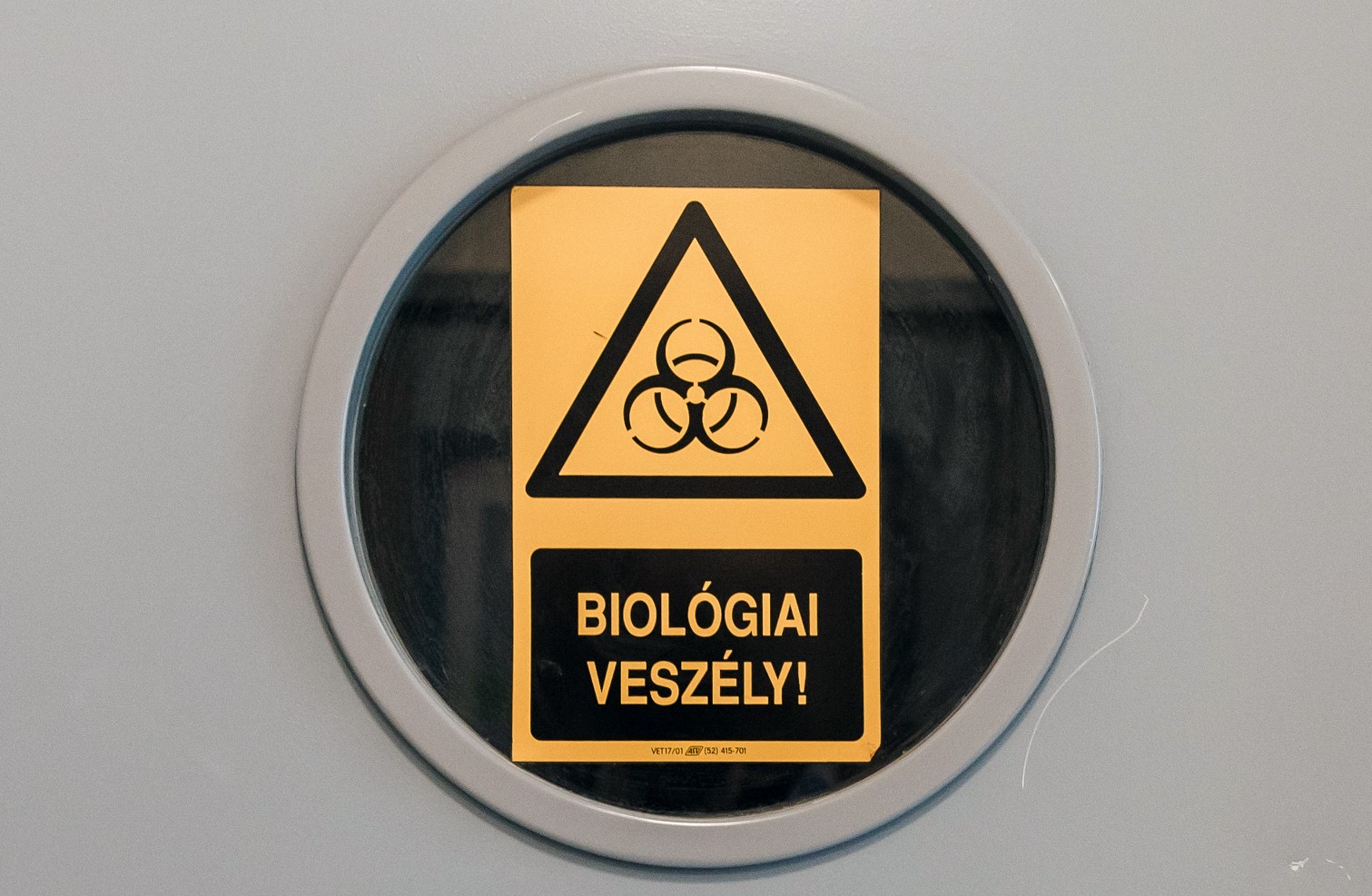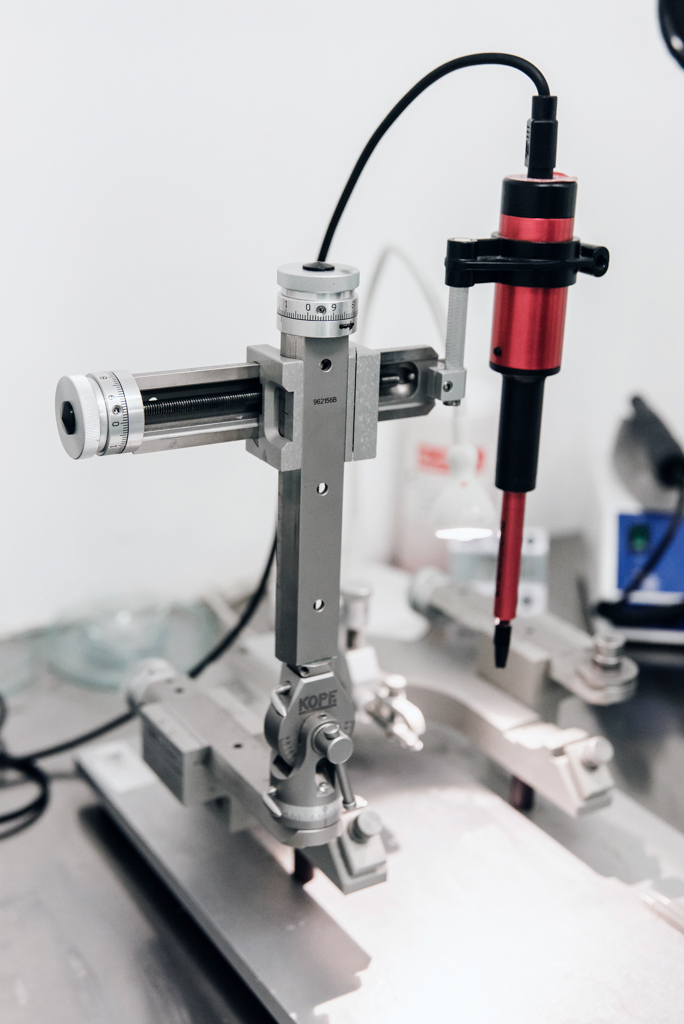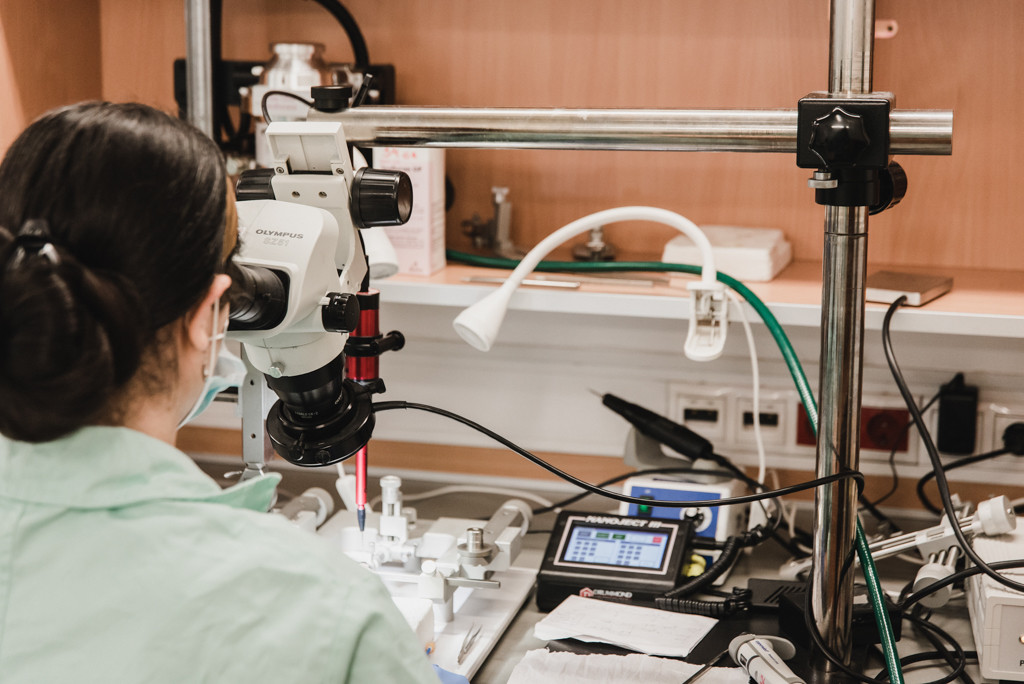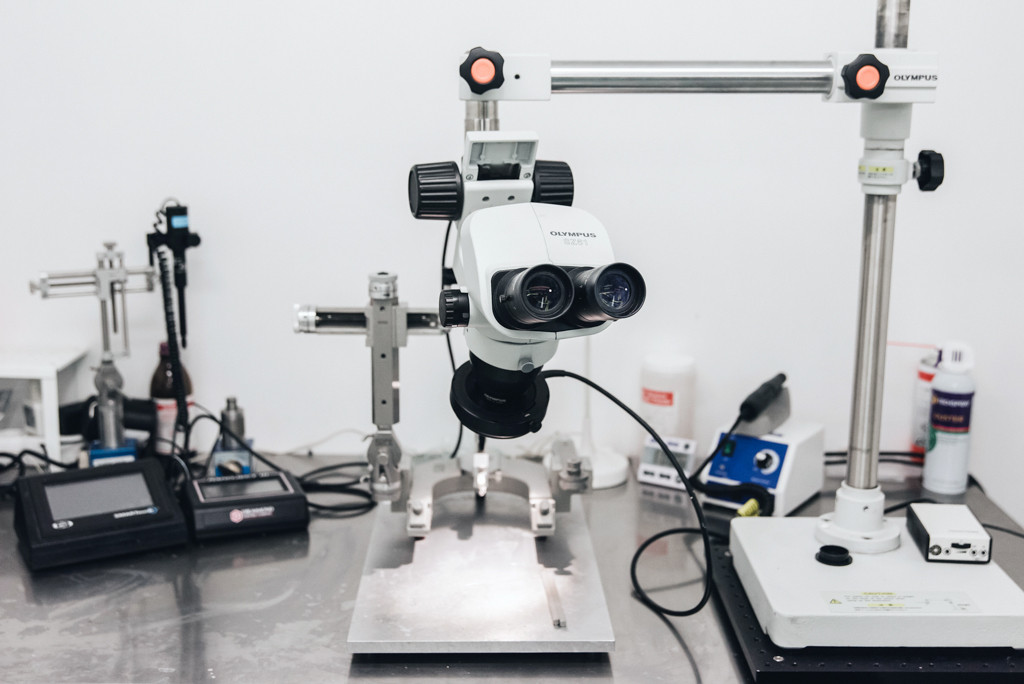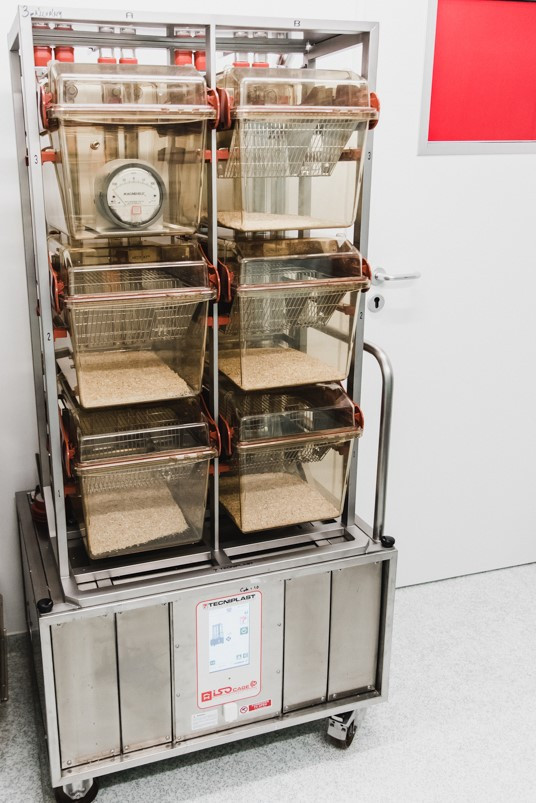rólunk
The Virus Technology Unit is a service of the KOKI, available to any research group of the Institute. It provides the conditions for the production of viral vectors and for the surgical procedure of optogenetic and chemogenetic experiments. These methods can be the starting point for many research projects and a wide variety of functional studies.
The use of these technologies is subject to strict biosafety requirements, which depend on the biological agent to be used, the workflows and procedures to be applied and the available equipment and its combination. For each experimental paradigm, a risk assessment is required, resulting in the classification of different studies into biosafety categories.
In the two units of the Virus Technology at the KOKI (rAAV and BSL2), activities can be carried out with biological agents that pose minimal risk to the individual or community (BSL-1) or that can effectively prevent or manage biological hazards (BSL-2).
The work in the central service unit may be carried out in accordance with the Good Microbiological Practice (GMP) and Laboratory Practice (GLP) Directives.
The use of these technologies is subject to strict biosafety requirements, which depend on the biological agent to be used, the workflows and procedures to be applied and the available equipment and its combination. For each experimental paradigm, a risk assessment is required, resulting in the classification of different studies into biosafety categories.
In the rAAV laboratory, work is carried out mainly with well-described agents that are non-hazardous to immunocompetent persons of BSL1 category, at 4 workstations. It is mainly used for nanoinjection, optical fibre and electrode implantation.
The BSL2 laboratory also provides safe working conditions for the use of moderately hazardous agents. The direct spread or exposure of the agents used here is minimal and there are preventive or therapeutic options available to combat the disease they cause. Both in vitro and in vitro work processes are carried out in this laboratory. It is mainly used for the production and packaging of virus constructs and nanoinjection.
Animal husbandry is also carried out in both units. Mouse and rat enclosures are used to house laboratory animals with well-characterised agents (ABSL-1) and laboratory animals with human pathogens but presenting a moderate risk of infection (ABSL-2), following the directives of Chapter V of Directive 2009/41/EC describing the conditions for safe animal husbandry.






